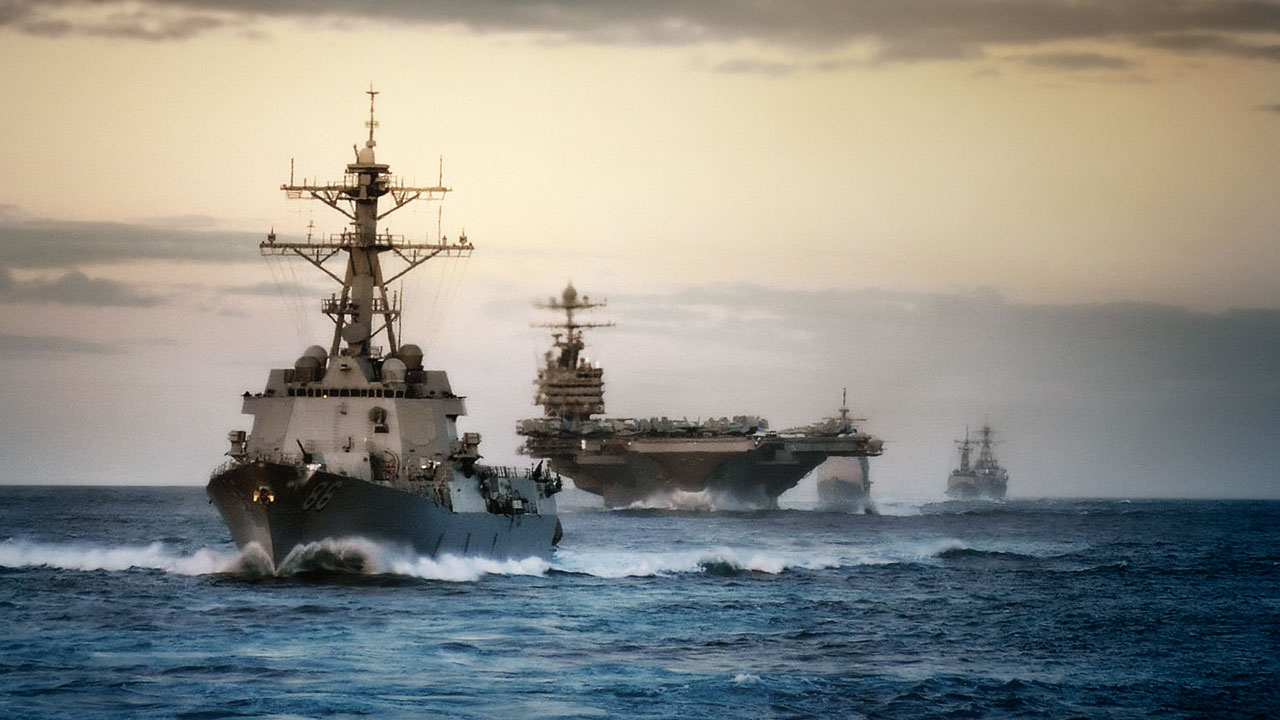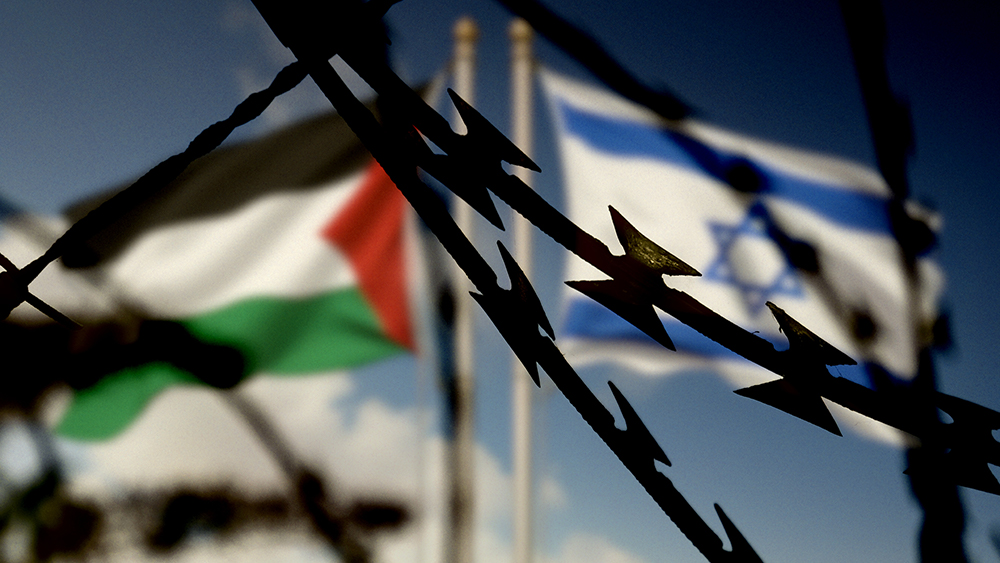
Since then, there had been similar incidents across the service branches and allied militaries.
Newly released documents obtained via the Freedom of Information Act showed that the full scope of the drone incursions was greater than it initially appeared, and persisted well after the Navy's investigation was launched.
Deck logs also indicated that drone sightings continued throughout July 2019, and there had been events where drone countermeasure teams were called into action. Among these events included at least three ships observing multiple drones. Uncharacteristically for these logs, the details of the event were almost entirely redacted.
However, new documents showed a map detailing the interactions between a drone and a Navy Arleigh Burke-class destroyer – the USS Paul Hamilton. The map depicted Paul Hamilton making an abrupt right-hand turn while a drone followed the ship closely. Legends and annotations on the map have been redacted under FOIA exemptions as well.
One of the position points of the drone is marked with a star, while others showed dashed lines around given areas. While it is not clear what these indicate without the map legends, a star suggests that the incident involved multiple contacts that maneuvered around the ships in a highly dynamic way.
The deck logs showed that Ship Nautical Or Otherwise Photographic Interpretation and Exploitation (SNOOPIE) teams were deployed frequently during these events. The SNOOPIE teams consist of sailors that are specifically trained to enhance situational awareness and to document unknown contacts or other objects of interest.
It is highly likely that photographs of the drones exist, given the nature of the work of SNOOPIE teams and other sensors onboard the ships. The same document that provided the map also contained references to photographs of the drones, which has since been completely redacted under the same technical data and military exemptions.
The majority of available documents suggested that the drone encounters were limited to the evenings of July 15 and 16, 2019, with a minor series of events occurring towards the end of the month. Documents also revealed that USS Russell fired five shots at the drones on July 20, with at least one documented misfire. New logs showed that sightings persisted sporadically throughout the second half of the month, with another significant event happening in the early hours of July 30th.
Security forces use anti-drone countermeasures
Anti-drone countermeasures are being used by security forces around the globe, and they operate by using highly-directional radiofrequency jammers that are designed to disrupt the communications between drones and their operators.
However, these devices are limited in the sense that they can only disable drones that are controlled by human operators. Autonomous systems are more resilient against such countermeasures, with their overall effectiveness varying heavily by type and circumstance. (Related: Enemy drones or extraterrestrial aircraft? U.S. Navy releases reports of several Navy aircraft encounters with UFOs during the 2010s.)
There have been significant overlaps in the discussion of mounting threats from lower-end drones and resurgent interest in unidentified flying objects (UFOs). The overlaps in the reports are conspicuous in the recent National Defense Authorization Act language, which authorizes an expansive approach to the study of UFOs.
The urgency surrounding the drone issues has been a growing focus among defense policymakers as encounters with civilian and military aircraft have become widespread.
Far from being a domestic issue, drones have also become a matter of grave concern for military leaders. As they remain unidentified, there is no certainty exactly what they were or whom they belonged to.
The recent documents suggest several avenues for further inquiry, and new information is expected to develop.
Read more articles related to drones at NationalSecurity.news.
Sources include:
Please contact us for more information.




















